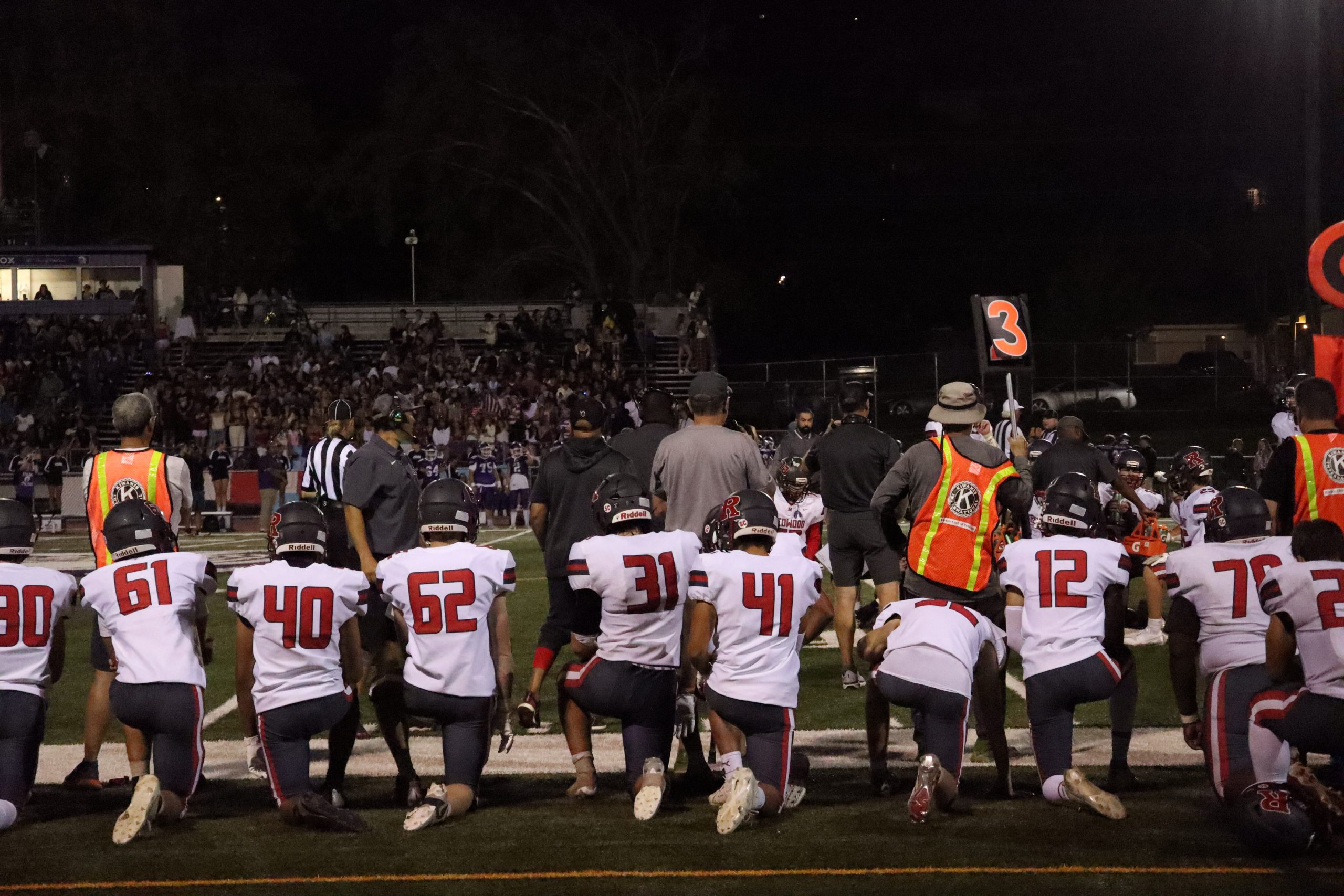Face to Face: How many genders are there?
February 9, 2020
Face-to-Face is a feature that allows two members of the Redwood community to grill each other, argue or simply converse about a relevant issue or event. We provide the topic, and they do the rest. This month’s participants are junior Julian Sidon, who identifies as male, and senior Leila Malone, who identifies as non-binary, discussing how many genders there are. Quotes have been edited for concision.
How many genders are there?
Julian Sidon: I think there are two genders.
Leila Malone: I think it’s a complicated question because gender is really on a spectrum compared to sex, which is more black and white. You hear a lot of LGBT people say gender is a construct, which I don’t believe is true. It’s more that gender roles are a construct. The main gender groups are male, female and then there’s intersex, where you can have aspects of both genders. [Intersex] is generally pretty rare. Then there’s agender, or non-binary, which is the lack of gender.
What is the difference between sex and gender, if any?

JS: I don’t think there’s a difference. I’m not convinced that anyone can use any classification and compel the rest of society to use that classification. You can’t compel society. That goes against your first amendment rights. People can think what they want, but they either fall into male or female on their legal documents. I just think that those feelings are separate from gender and sex, which I still feel are essentially the same thing. The definition has been very recently changed, but I don’t think that that’s right. I think that it’s just a feeling. Gender is a hard line. Sex is a hard line. Possibly gender identity is more open to the spectrum that [Leila] talked about.
LM: Sex is what you came out as, what your biological organs are, what your prominent sex hormone is, whether its testosterone or estrogen/progesterone. Gender is more of an identity than what is ingrained in you. However, gender and gender identity, I believe, are two different things.
Is it disrespectful to mis-gender someone who identifies as a gender other than their biological sex? Why or why not?
JS: I would argue that it is disrespectful if you’re continually doing this against their will. I think it’d be more respectful to just use their name or use they/them, whichever they prefer. But I think that when you take it across the legal line, that is still freedom of speech, and the fact that people are being put out of business and shamed for this is a little bit outlandish, unconstitutional.
LM: Yeah. It is disrespectful to mis-gender someone if it’s been a repeated issue.
Is it okay to assume someone’s gender?
JS: Yes, I would agree. People will automatically make assumptions. That’s the way it is. No one comes and sits down and asks me, ‘What are your pronouns? What is your gender?’ That isn’t how society works. If someone else feels that they’re being disrespected, you can work with that.
LM: You can assume until you know different. Unless you correct me, I’m going to continue to assume.
How should bathroom laws be enforced for transgender and non-binary people?
JS: I think that you should go to the bathroom that you were assigned at birth. I don’t think that the community as a whole should have to feel uncomfortable or bend to you. Many people don’t really mind, but there’s definitely people that do mind and I think that you should just stick to what you are biologically. The more [politically correct] thing to do for institutions is to have gender neutral bathrooms and private bathrooms. Out of respect for everyone, if it is an institution, then they should try to accommodate everyone.
LM: I think it really depends on how you appear because the most important thing, no matter what, is to make yourself comfortable. Use [the bathroom] you want to use unless you’re making someone upset. I think gender neutral bathrooms are a very easy way to say ‘anyone can come here no matter what.’ Rather than saying, ‘Go in this one or go on this one, choose and just go.’ Ideally every place of business, and especially every school because of Title IX, should have a gender neutral bathroom. But if you don’t have that situation, just go to the one where you fit in most. If you look like a female but you haven’t fully transitioned and you still have a penis, just go in the female bathroom. No one has to know.







